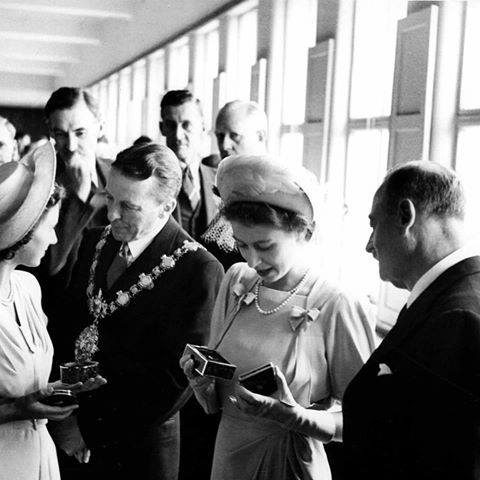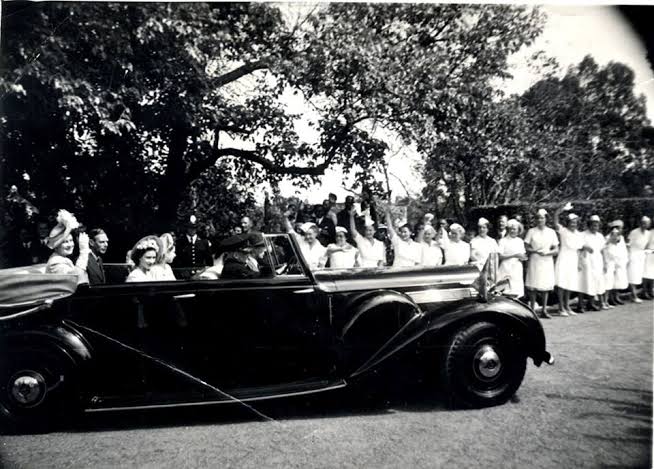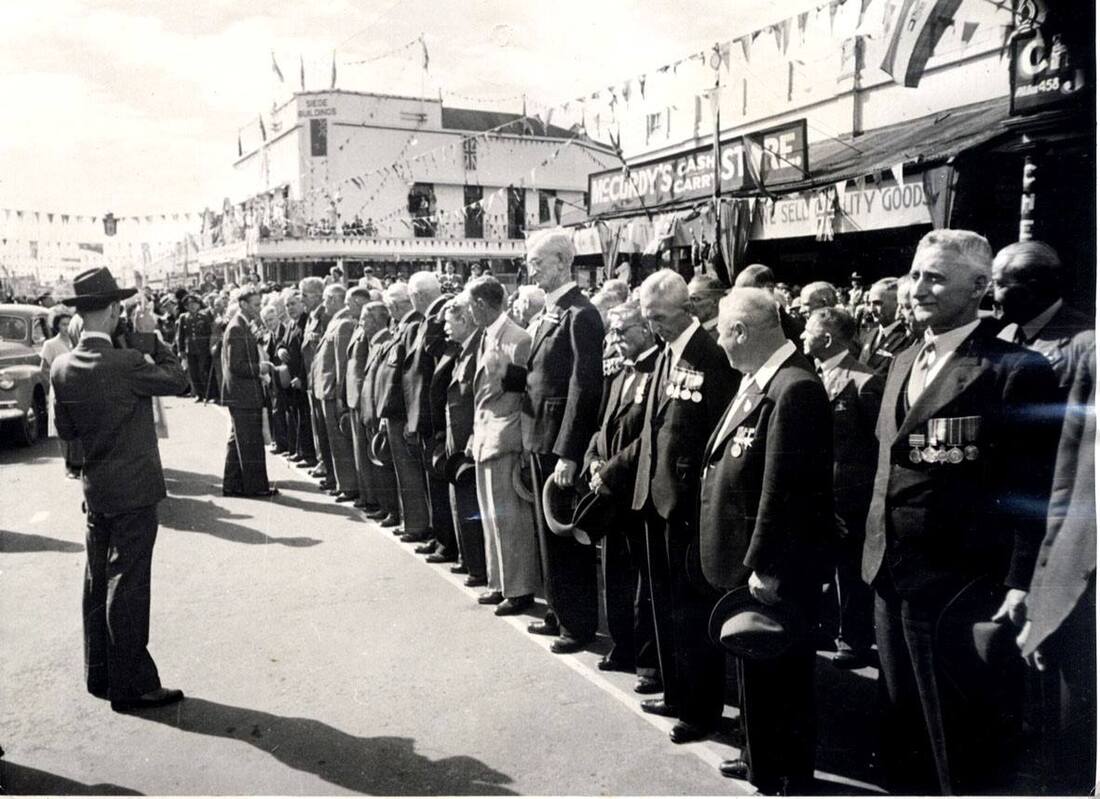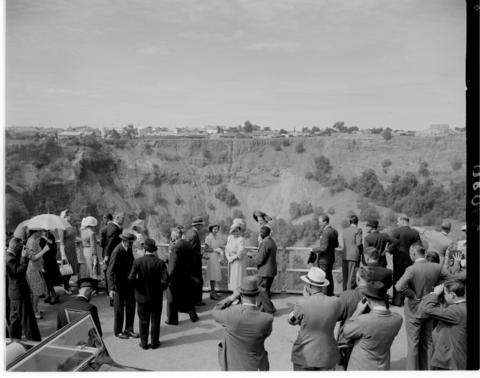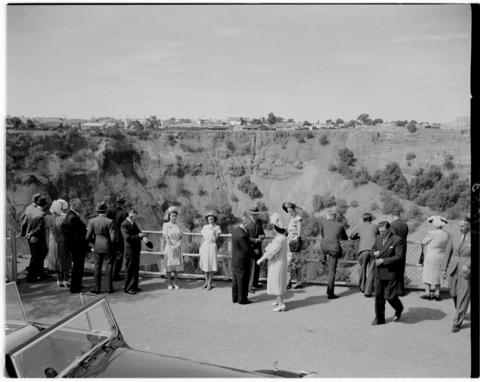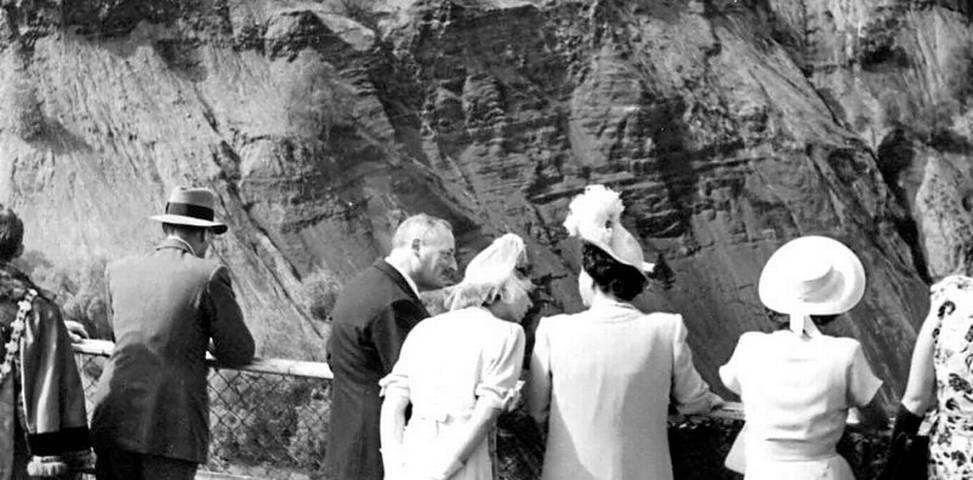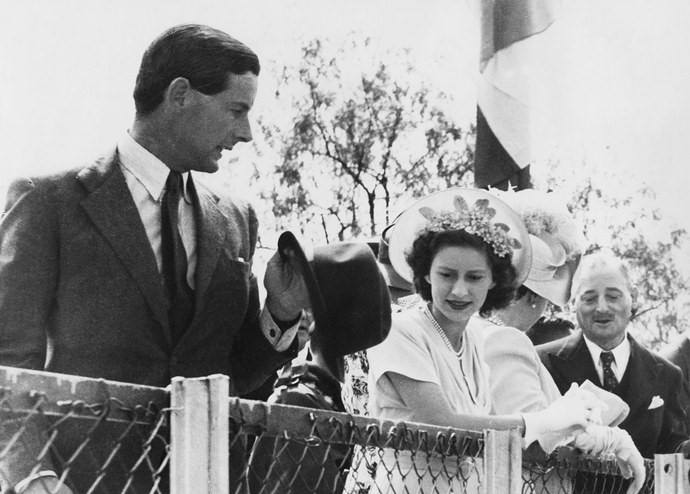Today in Kimberley's History
|
|
|
|
Title deeds to the farm Vooruitzicht granted to the De Beers brothers, 1860.
This farm will be the home to the De Beers mine (this was filled in between 2012 and 2016) and then the Kimberley Mine (now know as the Big Hole).
Richard Jackson has been credited with discovering the De Beers Mine in May 1871 when he and his party, who were working alluvial diggings at Hebron on the Vaal River, heard of a white man dry-sorting “out there” and finding diamonds daily. The party, consisting of his brother-in-law E.Struben, plus George Rex, Harry Collins and Jackson, moved out immediately and in due course found the lone Boer on his claim, and they too, were granted claims by the De Beer brothers who owned the farm Vooruitzicht. His surname is not known, but to the lone Boer named Corneilsa (probably Cornelius, although Jackson states that Corneilsa was his first name) must go the credit of finding the De Beers Mine – even Jackson gives him recognition.
This farm will be the home to the De Beers mine (this was filled in between 2012 and 2016) and then the Kimberley Mine (now know as the Big Hole).
Richard Jackson has been credited with discovering the De Beers Mine in May 1871 when he and his party, who were working alluvial diggings at Hebron on the Vaal River, heard of a white man dry-sorting “out there” and finding diamonds daily. The party, consisting of his brother-in-law E.Struben, plus George Rex, Harry Collins and Jackson, moved out immediately and in due course found the lone Boer on his claim, and they too, were granted claims by the De Beer brothers who owned the farm Vooruitzicht. His surname is not known, but to the lone Boer named Corneilsa (probably Cornelius, although Jackson states that Corneilsa was his first name) must go the credit of finding the De Beers Mine – even Jackson gives him recognition.
Nkosi Sikelel’ iAfrica composer, Enoch Sontonga dies - 1905
"Nkosi Sikelel' iAfrika" ( "Lord Bless Africa") is a Christian hymn originally composed in 1897 by Enoch Sontonga, a Xhosa clergyman at a Methodist mission school near Johannesburg. The song became a pan-African liberation song and versions of it were later adopted as the national anthems of five countries in Africa including Zambia, Tanzania, Namibia and Zimbabwe after independence. Zimbabwe and Namibia have since adopted new compositions for their national anthems. The song's melody is currently used as the national anthem of Tanzania and the national anthem of Zambia. In 1994, Nelson Mandela decreed that the verse be embraced as a joint national anthem of South Africa, with a revised version including elements of "Die Stem" (the then co-state anthem inherited from the previous apartheid government) adopted in 1997.
Original Xhosa version
Nkosi sikelel' iAfrika
Maluphakanyis' uphondo lwayo
Yiva imithandazo yethu
Nkosi sikelela, Thina lusapho lwayo
Yehla Moya, Yehla Moya,
Yehla Moya Oyingcwele
English translation of original version
Lord, bless Africa
May her Spirit be lifted high
Hear Thou our prayers
And bless us.
Descend, O Spirit
Descend, O Holy Spirit
"Nkosi Sikelel' iAfrika" ( "Lord Bless Africa") is a Christian hymn originally composed in 1897 by Enoch Sontonga, a Xhosa clergyman at a Methodist mission school near Johannesburg. The song became a pan-African liberation song and versions of it were later adopted as the national anthems of five countries in Africa including Zambia, Tanzania, Namibia and Zimbabwe after independence. Zimbabwe and Namibia have since adopted new compositions for their national anthems. The song's melody is currently used as the national anthem of Tanzania and the national anthem of Zambia. In 1994, Nelson Mandela decreed that the verse be embraced as a joint national anthem of South Africa, with a revised version including elements of "Die Stem" (the then co-state anthem inherited from the previous apartheid government) adopted in 1997.
Original Xhosa version
Nkosi sikelel' iAfrika
Maluphakanyis' uphondo lwayo
Yiva imithandazo yethu
Nkosi sikelela, Thina lusapho lwayo
Yehla Moya, Yehla Moya,
Yehla Moya Oyingcwele
English translation of original version
Lord, bless Africa
May her Spirit be lifted high
Hear Thou our prayers
And bless us.
Descend, O Spirit
Descend, O Holy Spirit
The British Royal Family visit Kimberley - 1947
The Royal Family (King George VI, his wife Queen Elizabeth and his two daughters, Princess Elizabeth and Princess Margaret) were on a three month tour through their Southern African dominions when they visited Kimberley. The Royal tour included South Africa, Southern Rhodesia (now Zimbabwe, Swaziland, Basutoland (now Lesotho) and the Bechuanaland Protectorate (now Botswana) and covered 10 000 miles, including 4,920 miles by rail and a flight to Southern Rhodesia (now Zimbabwe). The journey to South Africa was by battle cruiser (the HMS Vanguard).
The Royal party arrived in Kimberley by train. They visited the Duggan-Cronin Gallery where they had a tea reception with the town’s dignitaries, a luncheon at the Kimberley Club with the Mayor John Wilfred Orr, a tour of the Big Hole Mine Museum by Sir Ernest Oppenheimer, a parade of military veterans on Market Square in front of the City Hall, and a visit to a display of diamonds at the Consolidated Buildings where the two Princesses were presented with diamonds by Mary Oppenheimer.
The Royal party arrived in Kimberley by train. They visited the Duggan-Cronin Gallery where they had a tea reception with the town’s dignitaries, a luncheon at the Kimberley Club with the Mayor John Wilfred Orr, a tour of the Big Hole Mine Museum by Sir Ernest Oppenheimer, a parade of military veterans on Market Square in front of the City Hall, and a visit to a display of diamonds at the Consolidated Buildings where the two Princesses were presented with diamonds by Mary Oppenheimer.



